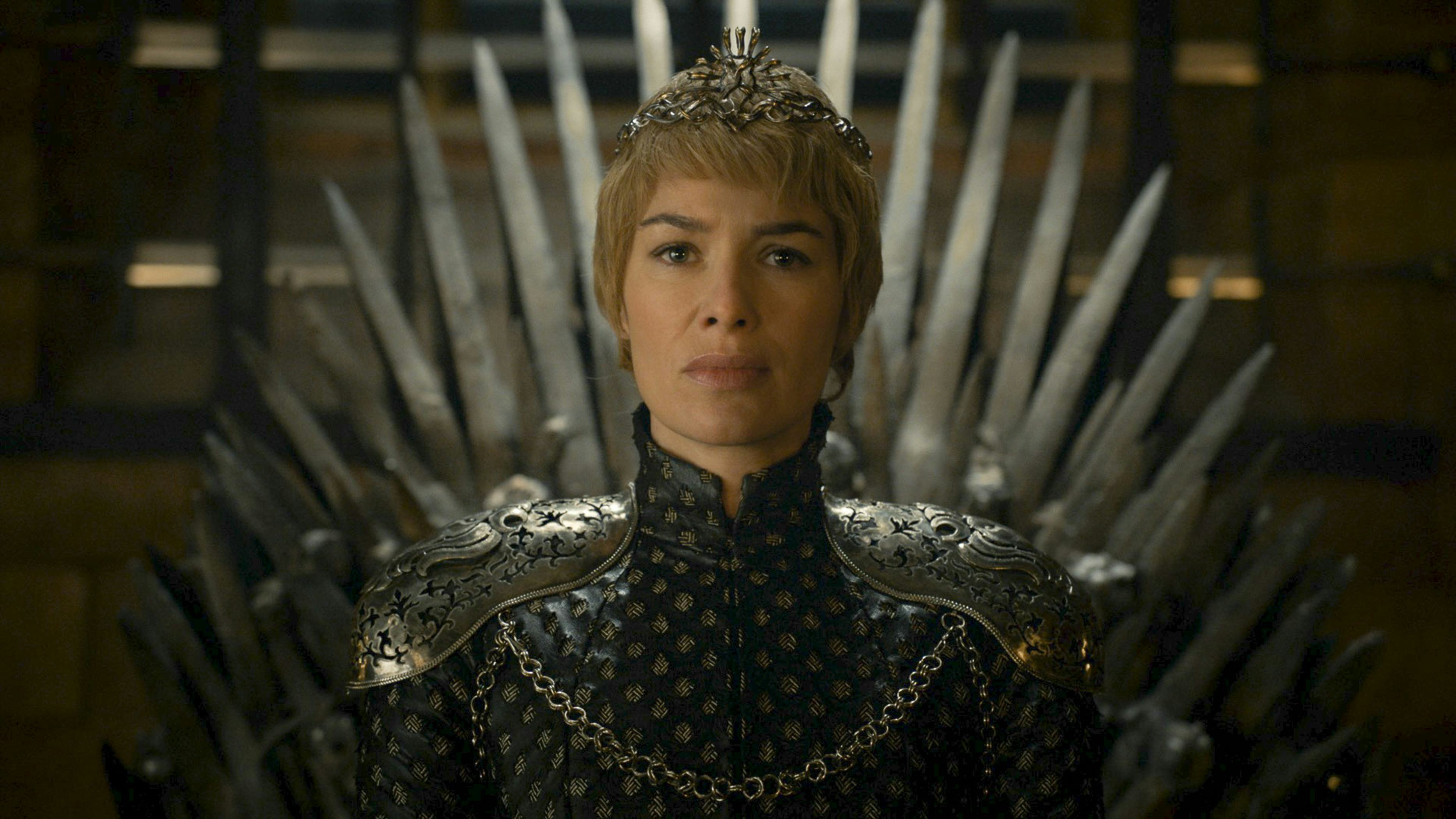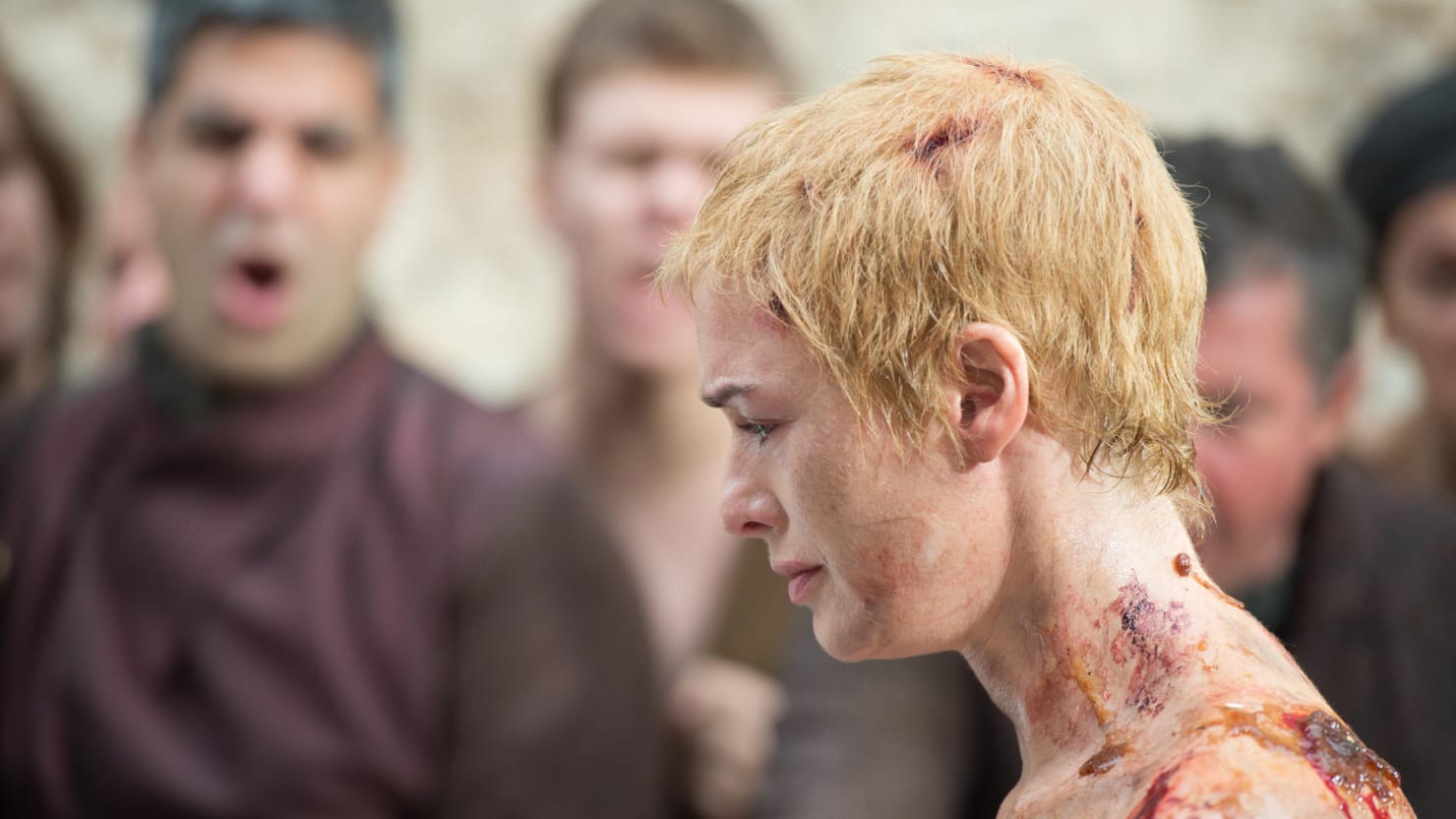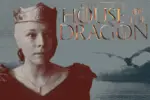WARNING: SPOILERS AHEAD.
In the first episode of the first season of “Game of Thrones,” Daenerys Targaryen was raped by her new husband, after being sold to said husband by her brother. Elsewhere in the series, Cersei Lannister was carrying on an incestuous affair with her twin brother. Meanwhile, the sisters Sansa and Arya Stark were being clearly contrasted: Sansa as the embroidery-loving, marriage-aspiring girly-girl; Arya as the wild, arrow-shooting tomboy.
By the end of season seven, Daenerys has become a conqueror, queen and hero at great personal cost, Cersei sits on the Iron Throne as she plots the deaths of her enemies and allies alike and Sansa and Arya have come to respect their differences and successfully defeated a threat to their family. Still, the way these characters have reached their current positions has been fraught with violence both sexual and physical, as well as the social challenges unique to women in a fantasy world based on the Middle Ages.
Daenerys
Daenerys Targaryen’s story opened with her in a subjugated, abusive situation on all sides. Her volatile brother sold her in exchange for an army, leading to Daenerys’ repeated rape at the hands of her new husband. This is obviously a tense position from which to start a character’s arc, but it also set Daenerys, or Dany, up for a story of self-discovery and empowerment. Unfortunately, part of this empowerment apparently involved Daenerys falling in love with her husband-slash-rapist.
Although this led to the ultimate event of self-discovery in the final episode of the season, when Dany’s husband died and her dragons were hatched, it is still highly problematic to have a character fall in love with her rapist. Dany has also been consistently painted by the show as prone to overreaction and frequently ruled by her emotions, both of which are female stereotypes and are sometimes used as examples of why women are not capable leaders (an obviously false and sexist judgement).

Overall, however, I think Dany’s storyline has been handled rather well by the show, especially in the last two seasons. In season seven, she finally used the word “rape” to describe her early relationship with her husband, something the show had never directly stated before.
Daenerys has been shown to be an overall good ruler, arguably the best contender for the iron throne—Jon Snow apologists can fight me on this—and is unquestionably the most powerful (human) character on the show, as evidenced by her armies and her dragons. Most importantly, Daenerys has been shown to be a strong but compassionate leader, one wise enough to surround herself with advisors who, to quote Tyrion Lannister, “check her worst impulses” and one who inspires all those who follow her.
Cersei
Cersei Lannister may have had the most contentious storyline, in terms of a feminist critique of “Game of Thrones.” Central to this critique is Cersei’s rape at the hands of her brother and lover, Jaime, in the third episode of season four. The filmmakers—and actors, for that matter—apparently did not intend for this to be rape, stating that it “becomes consensual by the end.” To be clear, it absolutely did not. Cersei very clearly denied consent, and Jaime very clearly raped her.
There were ways this could have been worked into the story, ways this could have affected Cersei’s character and the audience’s perception of Jaime, who was on an arc of redemption—but it simply did not. It is difficult to say exactly whose fault this was—did the writers not realize that Cersei repeatedly telling her brother to stop was rape? Did the director simply not realize that the scene he was creating was clearly non-consensual? The series continued as if Cersei and Jaime had consensual sex, but this failure of filmmaking lingered in my perception of Cersei’s storyline.

Other than that obvious failure, however, I think the show has done a generally good job of making Cersei’s character much more developed than in the books. In “A Song of Ice and Fire,” Cersei is a rather one-dimensional character: she’s arrogant, borderline-psychopathic and frankly unhinged. In “Game of Thrones,” she is a much more understandable villain, driven by obsessive love for her children and long-simmering resentment of society’s treatment of her because she is a woman—specifically, Cersei has never gotten over how her father underestimated her because of her gender.
She is also much smarter in the show than in the books, which not only makes her a better character, but also a better villain; a smarter Cersei is more trouble for her enemies, and therefore makes the show even more compelling. Overall, I have enjoyed Cersei’s descent into absolute, unforgivable evil, but in doing so, I had to overlook the show’s treatment of her rape, which is quite a large thing to overlook.
Sansa
After the debacle of what happened to Cersei, I was extremely worried about how “Game of Thrones” handled Sansa’s rape by Ramsay Bolton. Besides the fact that yet another major female character was raped (we get it, “Game of Thrones,” the Middle Ages sucked for women, you don’t have to keep proving it), the focus during Sansa’s actual rape was on Theon. “Game of Thrones” made a woman’s rape into character development for a man. It is true that in the seasons since Sansa was raped she has taken a much more active role in determining her future, but there was a way to develop and grow her character without resorting to forced sex, especially if it is used to make a male character more sympathetic.

Luckily, Sansa’s recent growth has, for me at least, partially justified the fact that the creative team behind “Game of Thrones” used rape as a shortcut to develop her character. Still, nothing can justify that the show made the violation of a female character into a sympathetic moment for a male character. Sansa has learned from those who have subjugated her, namely Cersei Lannister and Petyr Baelish (a.k.a. Littlefinger), and despite her suffering, she learned how to think strategically, act forcefully and outwit her enemies.
Sansa faced a test in the latter half of season seven, when her sister returned, bringing to the surface an enmity which had been dormant for years. Sansa spent many episodes sizing Arya up, wondering whether she could trust this terrifying, much-changed version of her sister, but in the end Sansa realized that it was Littlefinger who was trying to manipulate her and defeated him with his own double-crossing tricks.
Arya
Arya Stark’s storyline is the one I was most on board with from the very beginning. A smart, tough tomboy who rejects the societal norms her parents try to force upon her? Now that’s a character I can get behind.
I rooted for Arya all through season one, as she watched her sister lie and grew jaded because of it, as she learned swordplay from Syrio Forel, as she watched her father die. I rooted for her in seasons two and three, as she lost her friends and saw yet more of her family die, as she killed her first men and swore revenge on all those who wronged her. I kept rooting for Arya as she killed dozens of people with a smile on her face, as she gave up hope on ever finding her family, as she left behind everything she knew so that she could become an assassin and better exact her revenge. All the way through season six and much of season seven, “Game of Thrones” pulled no punches when it came to Arya’s transformation into a weaponized force of karma, and I appreciated that.
/cdn.vox-cdn.com/uploads/chorus_image/image/55847159/Helen_Sloan_HBO_Photo_6_1.0.jpg)
Still, I enjoyed what the creators did in season seven when Arya was reunited with her siblings and other figures from her past—finally, after all these years of losing it, Arya regained some of her humanity. For a second—just a second—I thought that Arya would fall for Littlefinger’s tricks and betray Sansa, but I was satisfied to see that she didn’t. In the last episode of the seventh season, both Arya and Sansa reached the pinnacles of their growth when they each acknowledged what the other had been through, and each accepted that they could not have survived what the other did.
To answer the question I posed in the title of this article, yes, I do think “Game of Thrones” has improved its treatment of female characters, even in this season packed with illogically fast travel and impossible shipbuilding. The mistakes this epic series has made with its female characters—mostly involving a mishandling of rape scenes—will always remain with the series, and I make no excuses for these missteps. However, I still think that “Game of Thrones” is one of few major television shows that has many fleshed-out female characters, portraying them as heroes, villains and everything in between.

















